41 can you identify the type of species interaction that each label describes?
Abiotic and biotic Factors - Meaning, Examples & Differences - BYJUS The biotic factors refer to all the living beings present in an ecosystem, and the abiotic factors refer to all the non-living components like physical conditions (temperature, pH, humidity, salinity, sunlight, etc.) and chemical agents (different gases and mineral nutrients present in the air, water, soil, etc.) in an ecosystem. BioTek Products The principle difference between migration and invasion is that migration refers to normal cell movement; whereas invasion describes cells actively invading surrounding tissue. It can do this under the influence of a chemoattractant gradient and secretion of proteases.
Solved Concept Review: Species Interactions Can you - Chegg Expert Answer. 100% (10 ratings) Competition: 1) -/- interaction 2) Two species of mussels relying on the same species o …. View the full answer. Transcribed image text: Drag each description to the appropriate bin.

Can you identify the type of species interaction that each label describes?
Mastering Environmental Science 5th Ed. Ch.4 - Quizlet Can you identify the type of species interaction that each label describes? Part A: Drag each description to the appropriate bin. Competition: two species of mussels..., -/- interaction ... (on average) each year? 70. Part C : Between the years of 1985 and 2005 the total number of sea otters: Increased by approximately 100%. Part D: PDF Grade Level: Middle School 6-8 - University of Nebraska-Lincoln Similarly, predatory interactions may reduce the number of organisms or eliminate whole populations of organisms. Mutually beneficial interactions, in contrast, may become so interdependent that each organism requires the other for survival. Although the species involved in Drag the labels to the appropriate targets. Pink labels indicate what ... Drag the pink labels to indicate which type of interaction occurs between each pair of species.pdf homework 1 Drag the labels onto the diagram to identify the anatomical features of a nail..PNG 1 rna.docx 1
Can you identify the type of species interaction that each label describes?. Answered: Identify the type of interactions in… | bartleby Propane, CH3CH2CH3b. Heptane, CH3(CH2)5CH3 c. Propanol, CH3CH2CH2OH d. Heptanol, CH3(CH2)6OH2. For each compound, consider whether or not H-bonding can occur between its molecules. Use a dashed line to show any H-bonding.3. For each compound, consider whether or not any polar bonds are presenta. Use a different coloured pen to identify any ... Ecological Communities: Networks of Interacting Species Species interactions within ecological webs include four main types of two-way interactions: mutualism, commensalism, competition, and predation (which includes herbivory and parasitism). Because of the many linkages among species within a food web, changes to one species can have far-reaching effects. 2.2 Ecosystems | Interactions and interdependence within the ... The ecological interactions that take place within a specific area are generally classified into four levels: populations, communities, ecosystems and the biosphere. Look at the following illustration which shows the levels of organisation. Individuals live together in populations. Different populations together make up a community. Biodiversity: Definition, Levels and Types of Conservation Methods And that's what is referred to as species diversity. Species are the standard measure of biological diversity in light of the fact that they are the basic units of biological classification. The number of various species in a given ecosystem or environment is described as Species Richness. The total number of species in the world is about 10 ...
Symbiosis: Commensialism, Mutualism, Parasitism, Neutralism - Wildlife ACT It is a close and long-term biological interaction between two different biological organisms. Six broad types of symbiosis are recognised: Commensialism - where one species benefits while the other is unaffected. Mutualism - both species benefit. Parasitism - one species benefits while one is harmed. Competition - neither benefits. Understanding Interactions - University of Washington Using graphs to detect possible interactions Visually inspecting the data using bar graphs or line graphs is another way of looking for evidence of an interaction. Each of the graphs below (Plots 1-8) depicts a different situation with regard to the main effects of the two independent variables and their interaction. Understanding a Genome Sequence - Genomes - NCBI Bookshelf Transcriptomes can have highly complex compositions, with hundreds or thousands of different mRNAs represented, each making up a different fraction of the overall population (Section 3.2.3). To characterize a transcriptome it is therefore necessary to identify the mRNAs that it contains and, ideally, to determine their relative abundances. Species Coexistence - an overview | ScienceDirect Topics Species interactions are classified by the direction of their effects and are divided into the direct pairwise categories of competition, predator-prey, mutualism, commensalism, and amensalism (Table 1). The strength of an interaction or the amount an interaction affects the population size of its participants, can be determined by ...
Database of host-pathogen and related species interactions ... - Nature Using the data and evidence obtained and processed as discussed above, two types of interactions were identified: species-species interactions and species-geographic location interactions.... Combo with "Mastering Environmental Science 5th Ed. Ch.4" and ... - Quizlet Can you identify the type of species interaction that each label describes? Part A: Drag each description to the appropriate bin. Competition: two species of mussels..., -/- interaction ... (on average) each year? 70. Part C : Between the years of 1985 and 2005 the total number of sea otters: Increased by approximately 100%. Part D: PDF Symbiotic Interactions Answer Key - National Geographic Society Symbiotic Interactions Answer Key Read each scenario below. First, indicate which kind of symbiotic interaction is being described. Write P for parasitism, M for mutualism, or C for commensalism. Be prepared to explain your reasoning for your choices. _____ 1. Some shrimp and crab live and capture food from within the tentacles of giant anemones. Interactions in communities (article) | Khan Academy The main types of interspecific interactions include competition (-/-), predation (+/-), mutualism, (+/+), commensalism (+/0), and parasitism (+/-). Introduction When we took a tour through population ecology, we mostly looked at populations of individual species in isolation.
Interactions Among Organisms in Ecosystems - National Geographic Society Animal Migrations and their Ecosystems. 39. Students engage with a variety of resources to learn about ecosystems and the interactions among organisms in ecosystems, with a focus on elk migration in the Greater Yellowstone Ecosystem. Groups create a second map layer for their unit project that shows how their focal animal's migration impacts ...
Symbiotic Relationships: Mutualism, Commensalism & Parasitism There are many different types of symbiotic relationships that occur in nature. In many cases, both species benefit from the interaction. This type of symbiosis is called mutualism. An example of...
Ecological Succession - Types and Examples Of Ecological Succession - BYJUS Ecological succession is the steady and gradual change in a species of a given area with respect to the changing environment. It is a predictable change and is an inevitable process of nature as all the biotic components have to keep up with the changes in our environment.. The ultimate aim of this process is to reach equilibrium in the ecosystem.
EVR1001 Exam 2 Flashcards | Quizlet For each description in the table below, decide which terrestrial biome it best describes. 1. This cold, dry biome is populated by lichens that can survive seasonal variations in sunlight and temperature. TUNDRA 2. In this hot, dry biome, populations of zebras, gazelles, and giraffes are concentrated around widely spaced watering holes. SAVANNA 3.
Ecological Succession: Definition, Types, Stages & Examples Types of Ecological Succession. Ecological succession progresses through primary and secondary succession. Eventually succession ceases, and the resulting, stable community is called a climax community. Even so, various factors can shift an ecological community into succession again. Primary succession: This is a type of ecological succession ...
Integration and Label Transfer - Satija Lab Jul 16, 2019 · Intro: Seurat v3 Integration. As described in Stuart*, Butler*, et al. Cell 2019, Seurat v3 introduces new methods for the integration of multiple single-cell datasets.. These methods aim to identify shared cell states that are present across different datasets, even if they were collected from different individuals, experimental conditions, technologies, or even spe
Ethnography - Wikipedia Ethnography explores cultural phenomena from the point of view of the subject of the study. Ethnography is also a type of social research that involves examining the behaviour of the participants in a given social situation and understanding the group members' own interpretation of such behaviour.
Food Web: Concept and Applications | Learn Science at Scitable - Nature Indirect interaction occurs when two species do not interact with each other directly, but influenced by a third species. ... A trophic cascade is a type of top-down interaction that describes the ...
Science1101- MES assignment 11 Flashcards | Quizlet PLAY Can you identify the type of species interaction that each label describes? Competition- Two species of mussels relying on the same species of phytoplankton as a food source --> -/- interaction Predation/Parasitism/herbivory--> +/- interaction --> a cheetah capturing and consuming a gazelle --> a rabbit eating the leaves of a dandelion plant
Interpersonal relationship - Wikipedia The concept of interpersonal relationship involves social associations, connections, or affiliations between two or more people. Interpersonal relationships vary in their degree of intimacy or self-disclosure, but also in their duration, in their reciprocity and in their power distribution, to name only a few dimensions.
Mutualism, Commensalism, Parasitism: Types Of ... - Science Trends Symbiosis is an umbrella term referring to any long-term interaction between two organisms that share a close physical space. Mutualism, parasitism, and commensalism are all different types of symbiosis. Let's take a closer look at the three different kinds of symbiosis. Mutualism Photo: Public domain
what list describe the types of relationships the sunfish has with ... There are many interactions in the ocean that happens everyday between different marine species. Marine life often depend on each other to survive. The ecosystem works together in many ways, species interact in 3 main ways, mutualism, parasitism, and commensalism. Here are three different examples of species relationships.
EVR 1001 Chapter 4 Flashcards | Quizlet Both the number of species and the number of breeding pairs remain stable. C. The number of species remains stable, while the number of breeding pairs slowly declines. D. The answer cannot be determined from this graph D. the answer cannot be determined from this graph Can you identify the type of species interaction that each label describes?
MicroScale Thermophoresis: Interaction analysis and beyond Dec 05, 2014 · Importantly, the different species can only be identified by analyzing the thermophoresis signal, while the T-jump signal does not point towards two different species (compare Fig. 3B and C). The likely explanation for this is that the T-Jump signal solely depends on the local surrounding of the fluorophore, which should be independent of the ...
6 Types of Symbiotic Relationships EXPLAINED (with examples) Definition: an interaction in which one organism (the parasite) lives on or in another organism (the host) Key Distinctions : Many parasites are necessary to harm a host, as each only has a small ...
Symbiotic Relationship Examples & Types - Study.com Amensalism is an interspecies interaction that harms one organism while having no impact on the other. This commonly occurs in nature through chemical secretions. The interaction between...
Microbial interactions: from networks to models | Nature ... Jul 16, 2012 · Correlation and co-occurrence patterns found in metagenomic and phylogenetic data sets are increasingly being used to predict species interactions in the environment. Here, Faust and Raes describe ...
Drag the labels to the appropriate targets. Pink labels indicate what ... Drag the pink labels to indicate which type of interaction occurs between each pair of species.pdf homework 1 Drag the labels onto the diagram to identify the anatomical features of a nail..PNG 1 rna.docx 1
PDF Grade Level: Middle School 6-8 - University of Nebraska-Lincoln Similarly, predatory interactions may reduce the number of organisms or eliminate whole populations of organisms. Mutually beneficial interactions, in contrast, may become so interdependent that each organism requires the other for survival. Although the species involved in
Mastering Environmental Science 5th Ed. Ch.4 - Quizlet Can you identify the type of species interaction that each label describes? Part A: Drag each description to the appropriate bin. Competition: two species of mussels..., -/- interaction ... (on average) each year? 70. Part C : Between the years of 1985 and 2005 the total number of sea otters: Increased by approximately 100%. Part D:


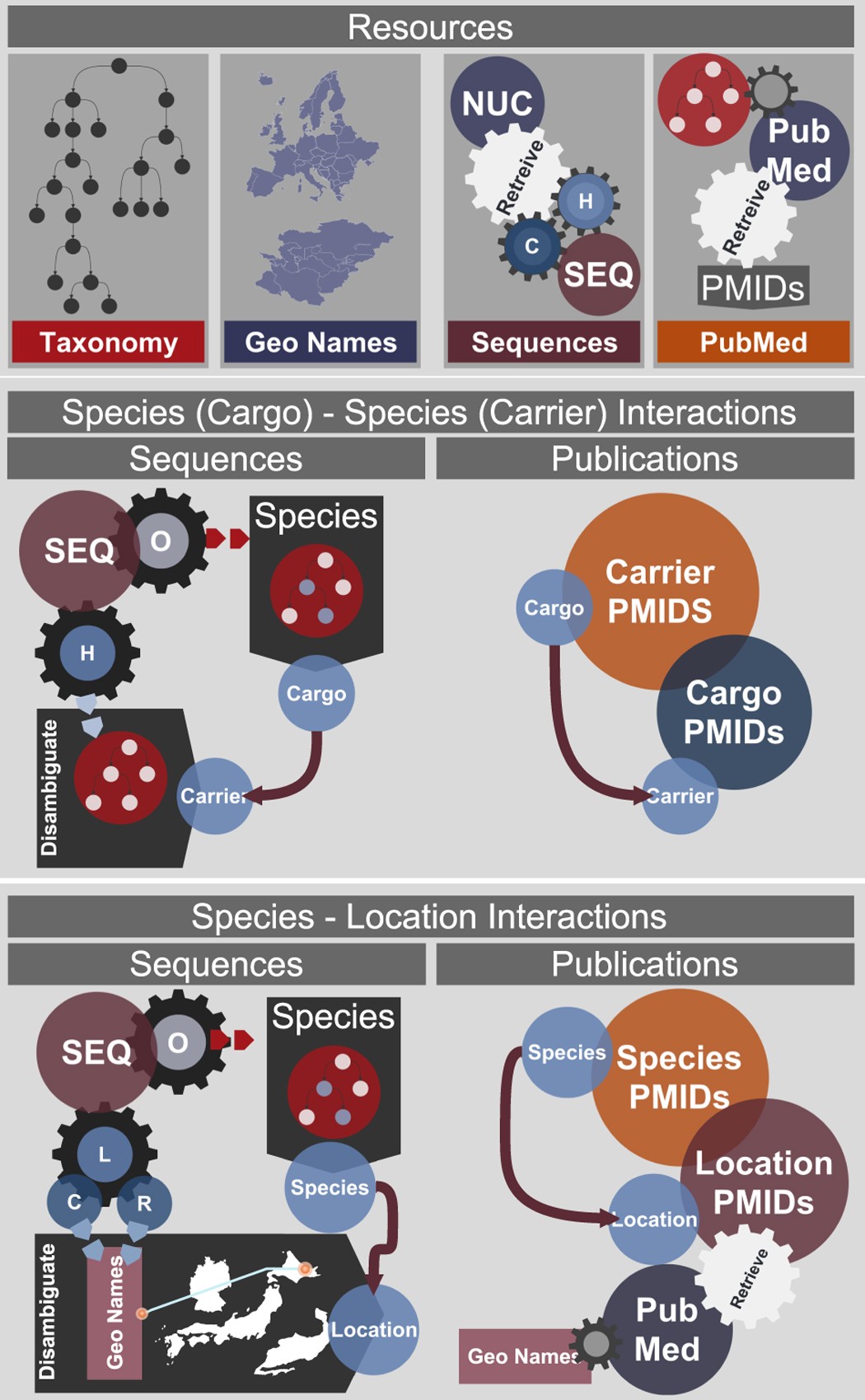

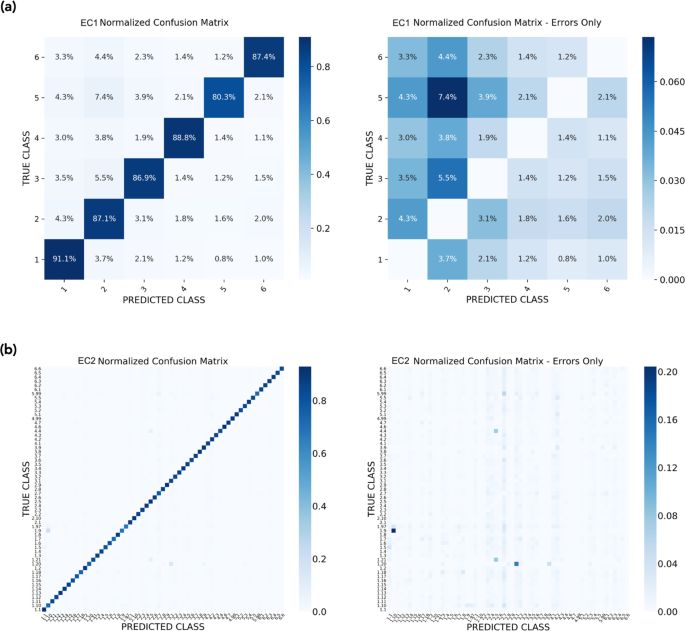

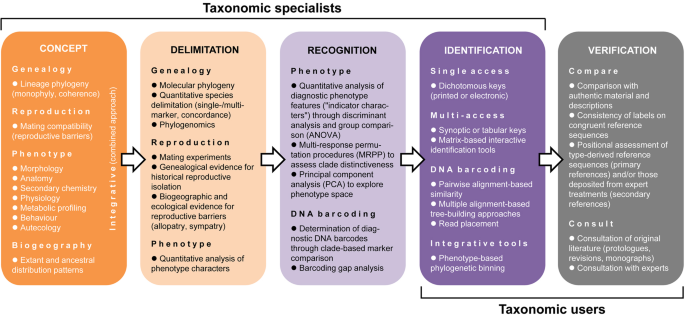

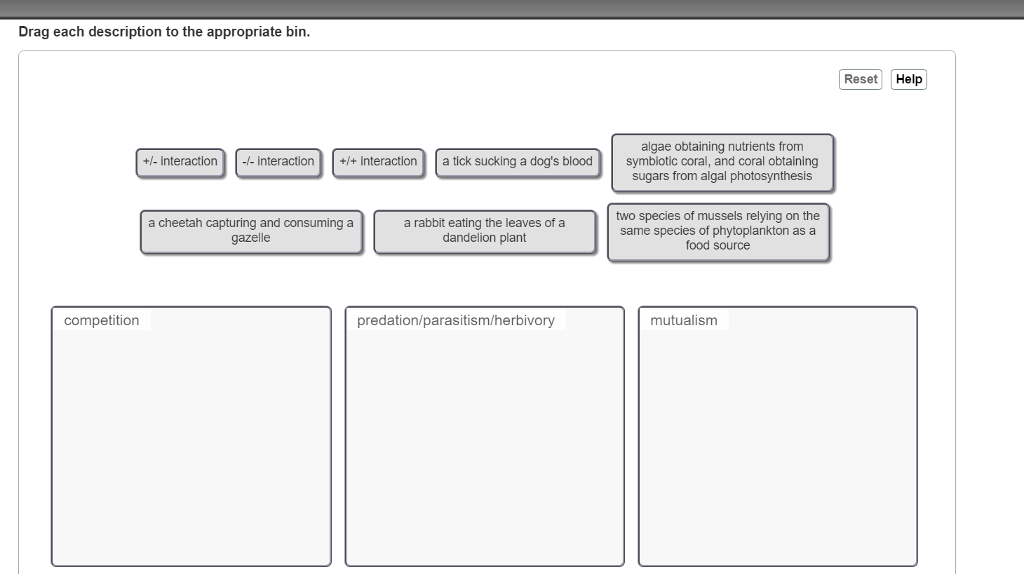

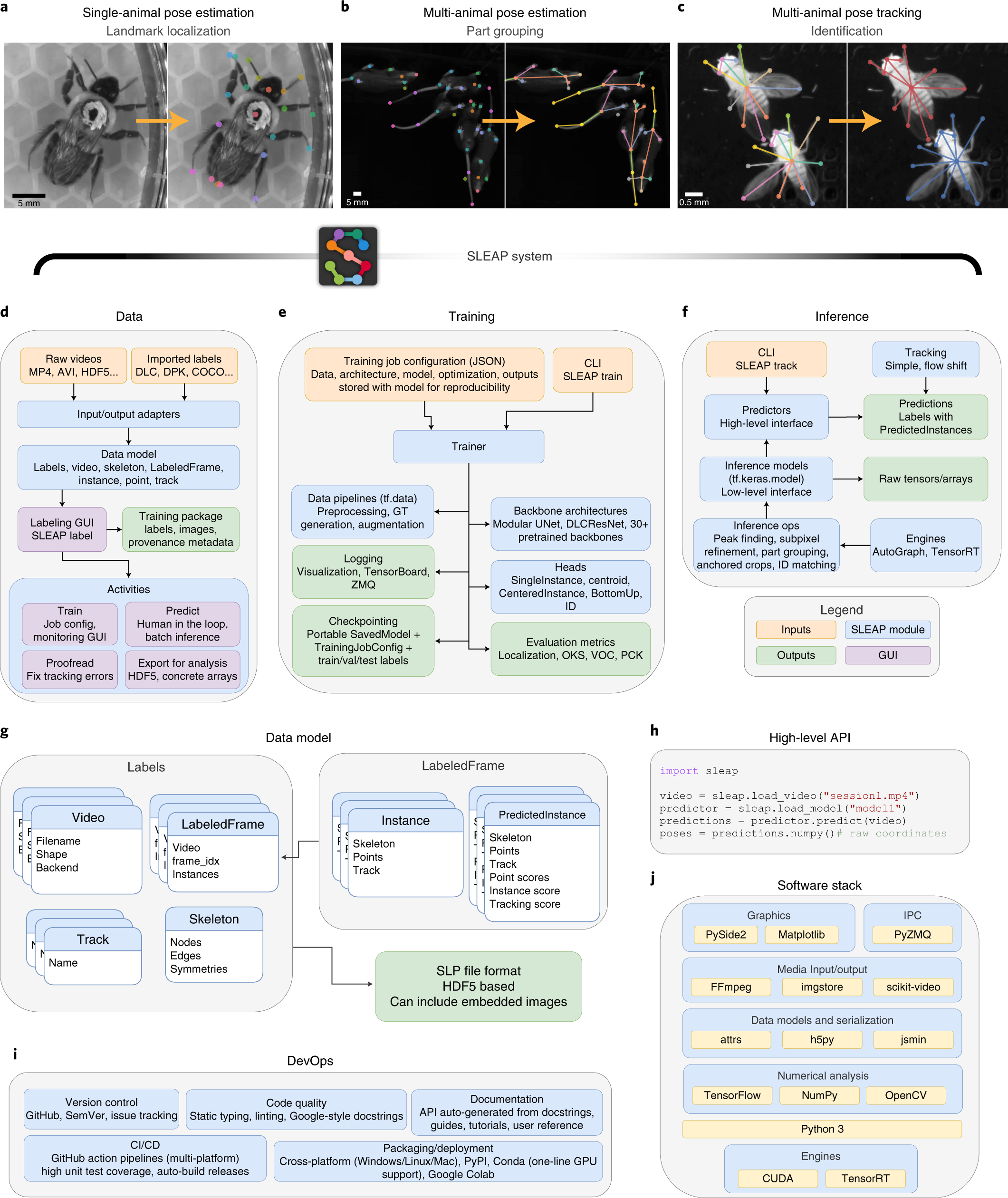




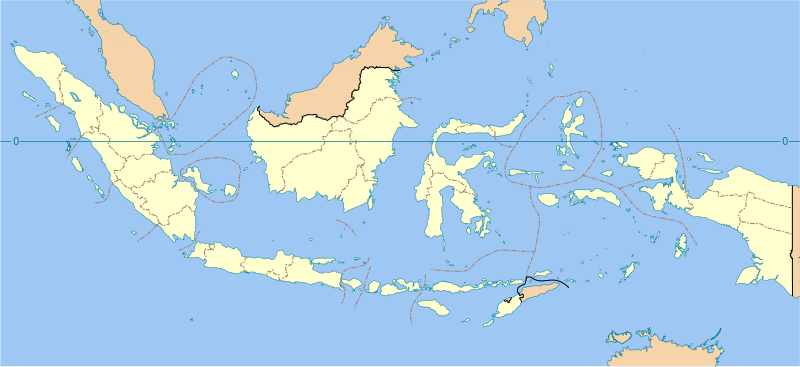

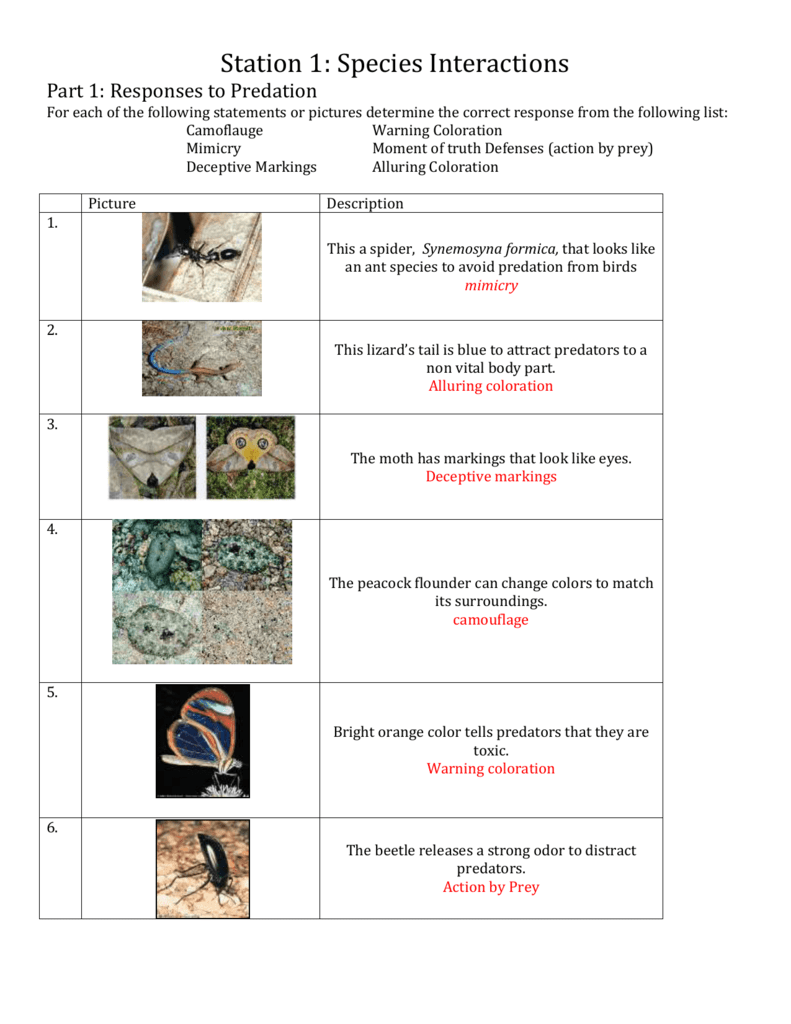

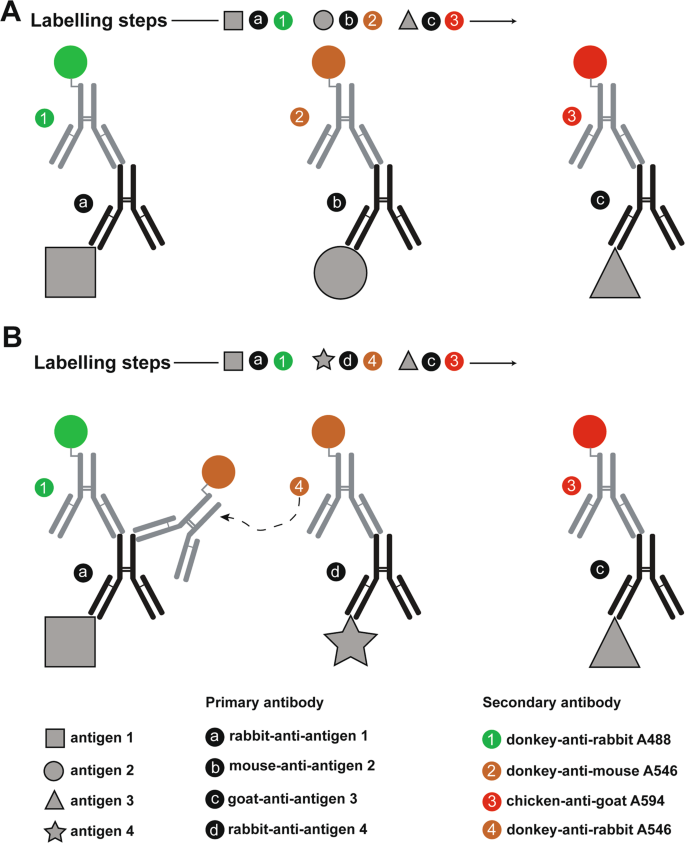
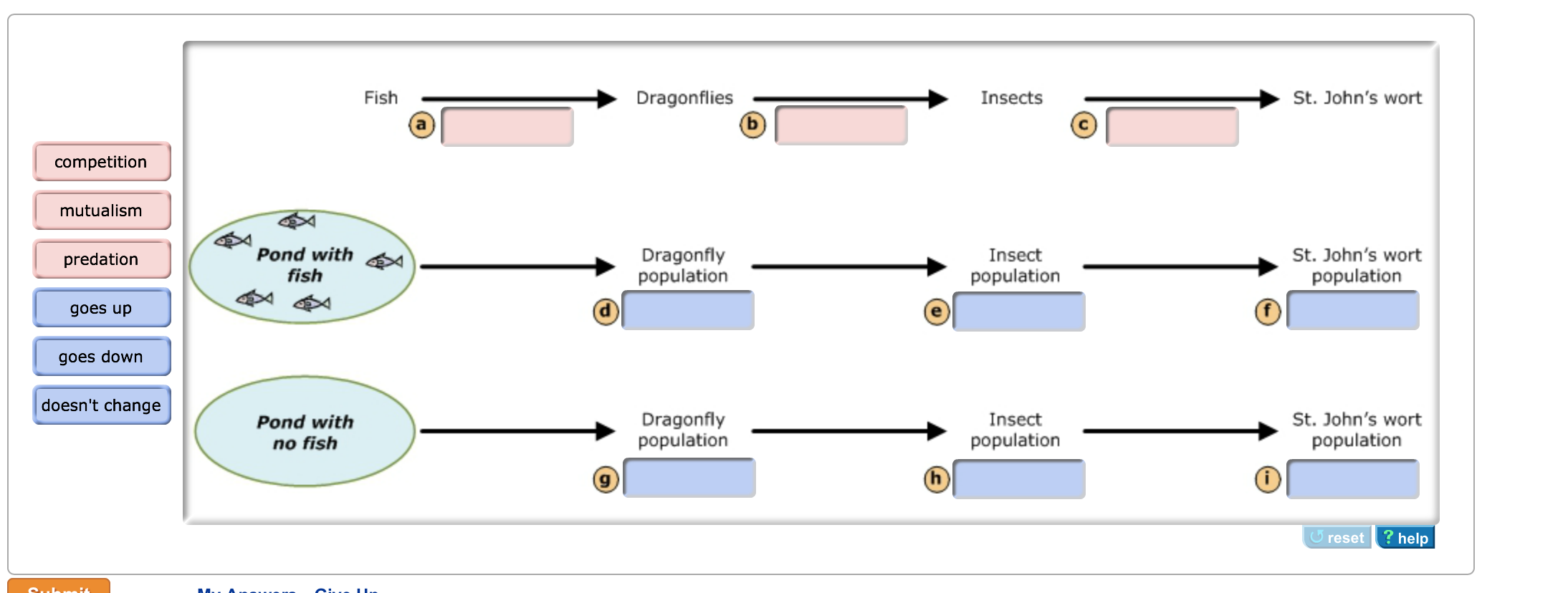


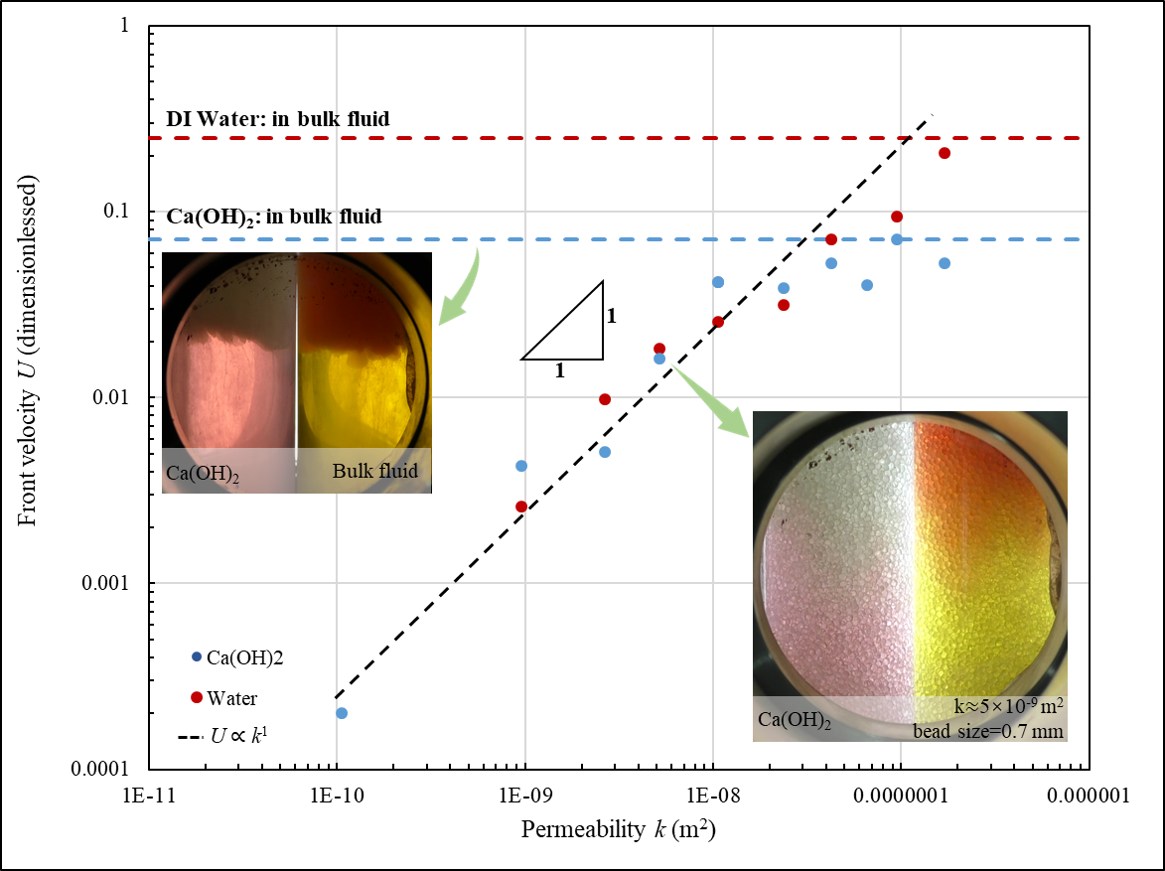

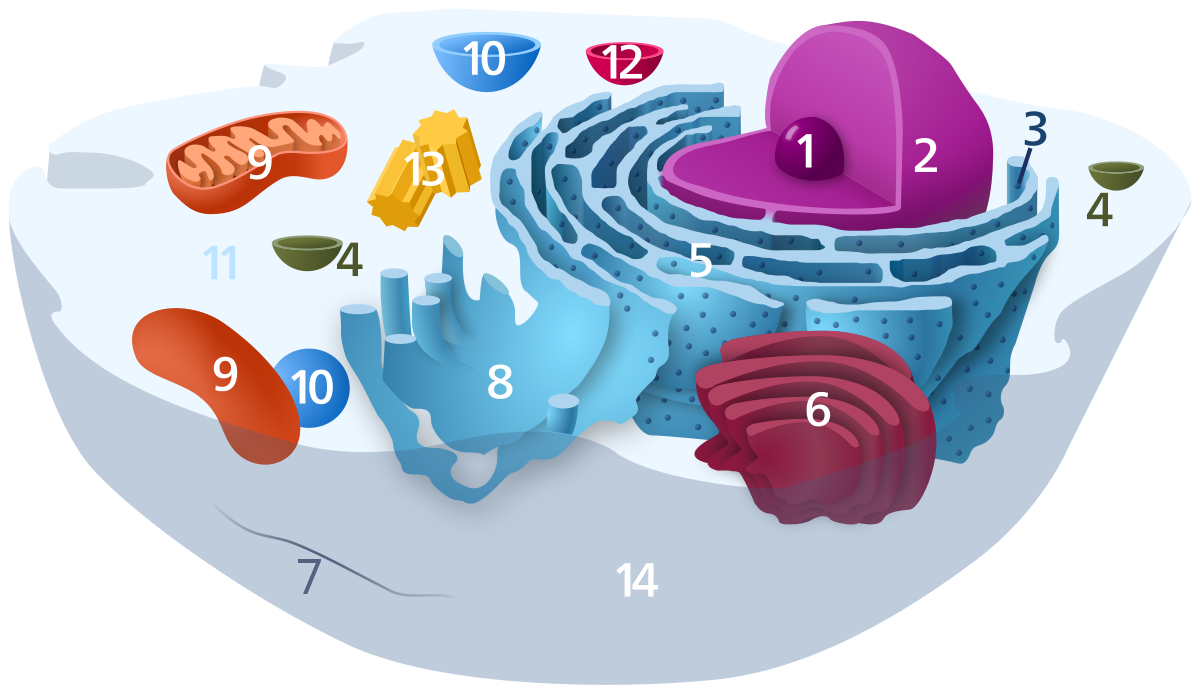




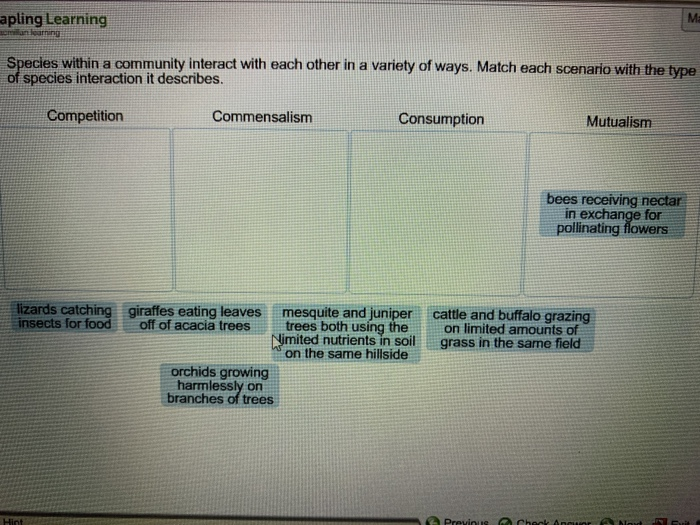

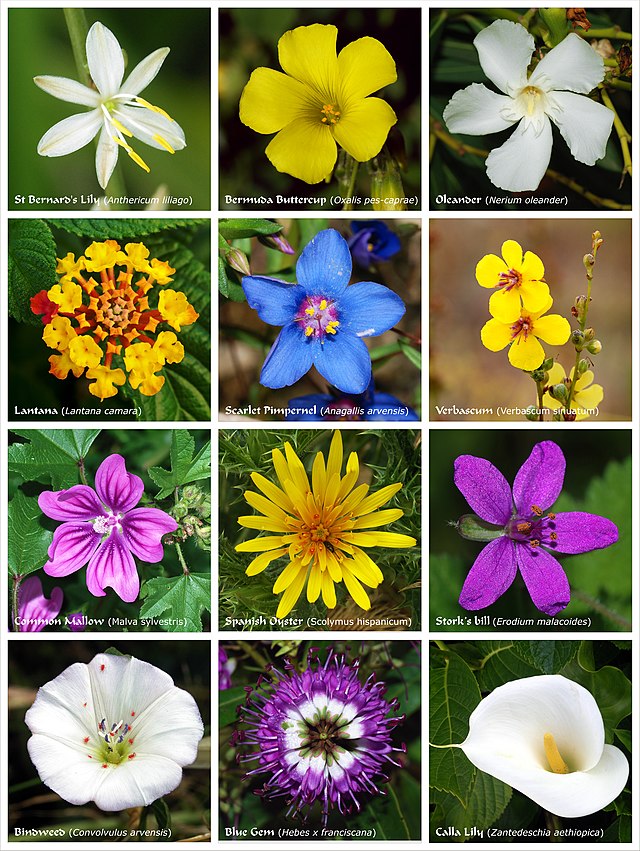

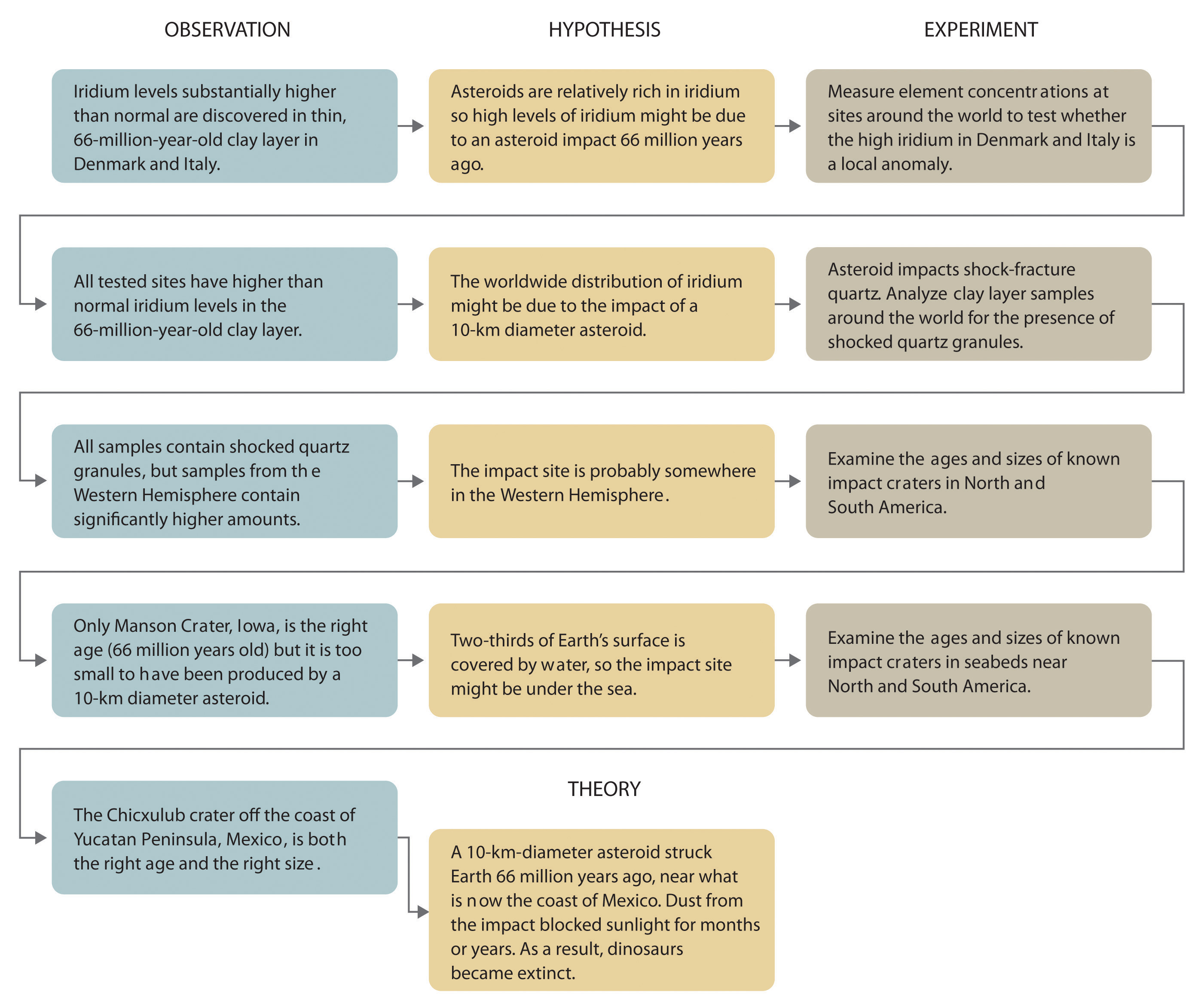
Post a Comment for "41 can you identify the type of species interaction that each label describes?"